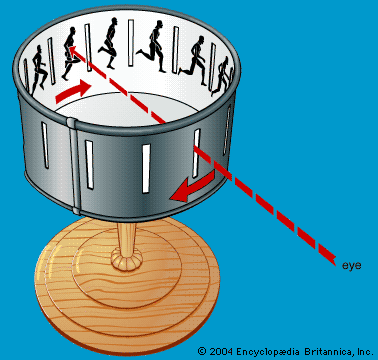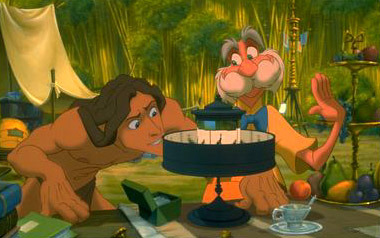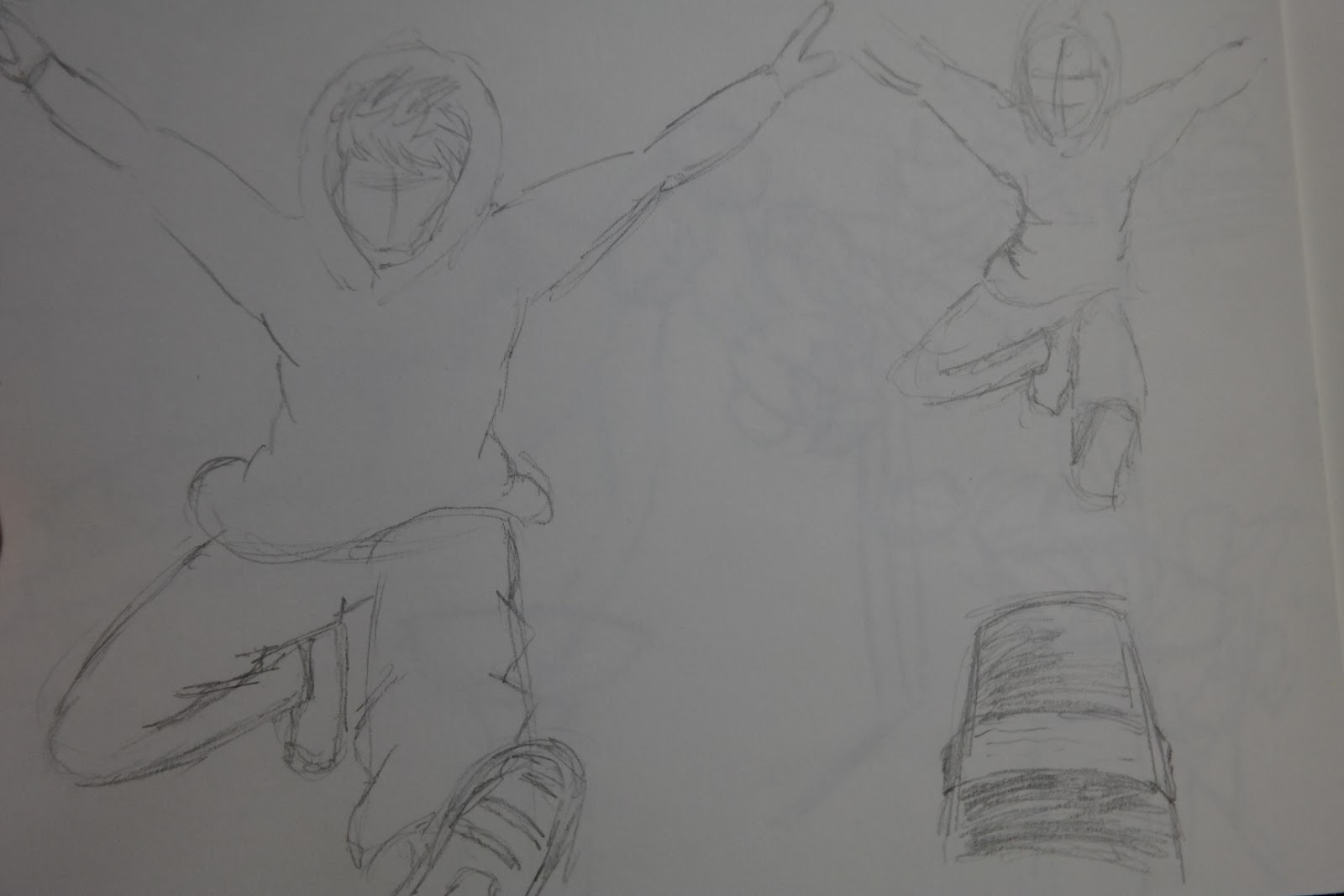Evaluation
Throughout this module we’ve had to produce
a number of animations like stop motion animation, pixilation, flipbooks and
pose to pose animation. But before I could start any of these I had to learn
the 12 principals of animation, which will help my animations look and feel
better. I feel that learning the 12 principals has given my more skill and
knowledge about drawing animations because I’ve tried to use them in every
animation that I’ve done so far. I’ve also learned about Timing and how many
frames per second (FPS) are needed in an animation like 24fsp is the regular
amount but can very between 23fps-30fps.
My first lesson on the 12 principals of
animation was ‘Squash and Stretch’ while producing a flipbook about bouncing
balls. I learnt how balls could squash when they hit something but can also
stretch when flying through the air. In my opinion I feel that my flipbooks
were good but maybe I could do with a little less stretching in some of my
flipbooks.
I feel like my storyboarding has increased
because I’ve learnt how to storyboard on sticky note before actually drawing it
out on one big piece of paper. Doing this helped me realise which scene needed
to be where and by using sticky notes it’s easier not to go off track of your
idea you had in mind. I’ve also learnt how to show characters/objects movements
and direction of actions onto a storyboard by just placing arrows to indicate
the action, and how to show the camera how to zoom in at one exact point by
putting a smaller box in the frame, which demonstrates a zoom in.
Pixilation’s in my opinion is an easier way
to animate than stop motion because you don’t have to draw out every frame, you
just have to move an inch then take a picture and repeat. But what I did learn
was how to put all the photos into a sequence on After Effects to make a movie
out of it, which was hard at first but I got the hang of it on my second
attempt at a pixilation. What I like about my pixilation’s are that there
smooth running easy to follow.
Learning to do Pendulum swings was my next
task, this taught us how to ease in and out. This task is also known as Pose-to-Pose
Animation, is about plotting out the key frames in the animation then filling
in the inbetweeners later. My animation for this was a mushroom from Mario the
game jumping over a the bullet from Mario whilst doing a flip, I feel that this
went well but I could of done with a few more frames on the jumping and landing
sections.
To sum up the whole module was enjoyable
because I gained new skills and more knowledge about animation. I feel that all
my animations were successful in achieving the principals of animation, and
that the skills I’ve learnt will carry on throughout my work as an animator.
 After I created the image sequence I placed in some audio to go along with the animation and tweaking the audio so that it would ease in/out of the animation. The audio that I used was 'Raindrops Keep Falling On My Head' by B.J.Thomas
After I created the image sequence I placed in some audio to go along with the animation and tweaking the audio so that it would ease in/out of the animation. The audio that I used was 'Raindrops Keep Falling On My Head' by B.J.Thomas
















































